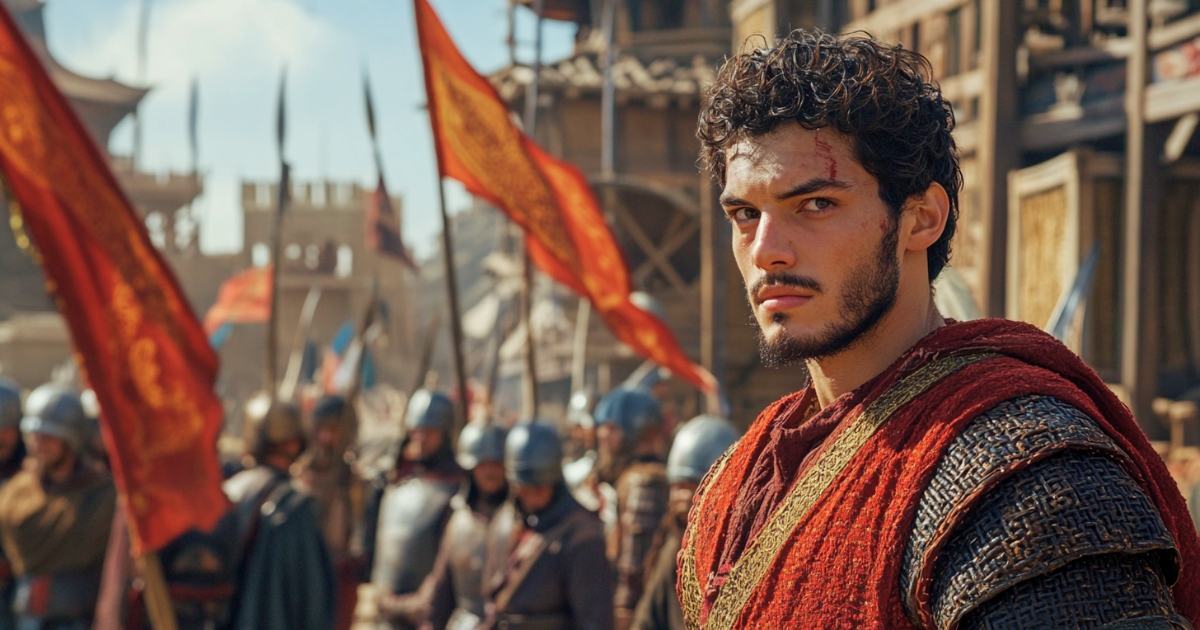- Marco Polo and the Birth of “The Travels”
- Traveling the Silk Road: An Adventure into the Unknown
- Chinese Society Under the Yuan Dynasty: Depicting Prosperity and Technology
- Kublai Khan’s Court: The Complex Reality of Governance
- The Influence of “The Travels” and Debates Over Its Credibility
- As an Aspect of East-West Cultural Exchange
- Conclusion: Historical Significance and Modern Interpretation of “The Travels”
Marco Polo and the Birth of “The Travels”
Born in Venice, Italy in 1254, Marco Polo set out on a grand journey to the East in 1271 at the age of 17, accompanied by his father Niccolò and uncle Maffeo. This voyage became a crucial adventure, opening the door to East Asia, a world relatively unknown to Europeans at the time.

15th-century manuscript portrait of Marco Polo. His journey to the East greatly changed European worldviews.
After a journey of about three and a half years, the group reportedly arrived in Khanbaliq (present-day Beijing), the capital of the Yuan Dynasty, around 1275. Marco Polo is said to have spent some time in Kublai Khan’s court and had the opportunity to travel throughout China. Upon returning to Venice around 1295, Marco Polo, during his subsequent imprisonment, wrote “The Travels” (Il Milione) with the help of Rustichello da Pisa.
Traveling the Silk Road: An Adventure into the Unknown
Marco Polo’s journey followed the main routes of the Silk Road at that time. Departing from Venice, he passed through Jerusalem and Acre, reaching Hormuz on the Persian Gulf coast. From there, he reportedly crossed the Pamir Mountains by land and entered China through the southern edge of the Taklamakan Desert.
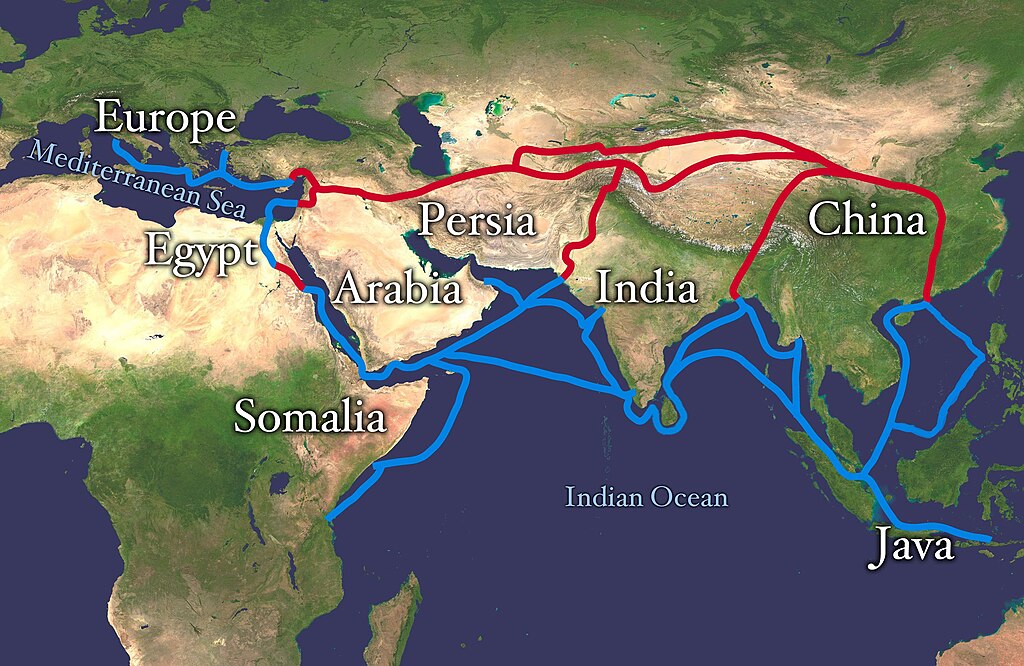
Map of the Silk Road route believed to have been taken by Marco Polo. It shows the long journey from Venice to China.
During this journey, Marco Polo encountered various cultures and peoples, recording his observations in “The Travels”. He described scenes unfamiliar to Europeans at the time, such as the lives of Central Asian nomads, the bustle of oasis cities, and the appearance of Buddhist temples.
Chinese Society Under the Yuan Dynasty: Depicting Prosperity and Technology
The China that Marco Polo arrived in during the late 13th century was under the Yuan Dynasty, ruled by the Mongol Empire. “The Travels” describes various aspects of Chinese society’s prosperity and technology that differed from Europe.
Particularly impressive is the description of the capital, Khanbaliq (Beijing). It details the vast imperial palace, orderly streets, and rich markets. The book also mentions governance systems such as canal and road networks and postal systems. However, these descriptions may reflect Marco Polo’s personal interpretations and the values of Europeans at the time.
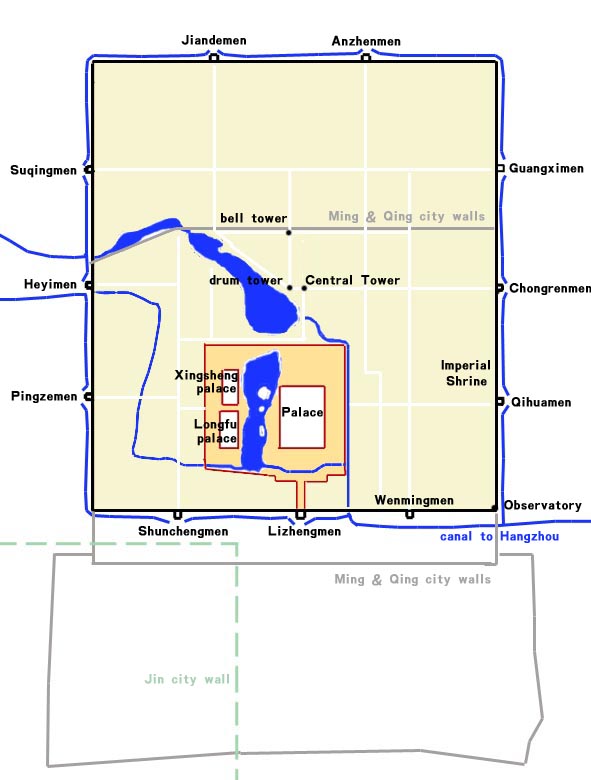
Urban plan of Khanbaliq (present-day Beijing) during the Yuan Dynasty. The orderly layout and palace locations align with Marco Polo’s descriptions in “The Travels”.
For instance, the use of paper money, which had been practiced in China before Marco Polo’s arrival but was not yet common in Europe, may have been emphasized as a noteworthy feature.
Kublai Khan’s Court: The Complex Reality of Governance
Marco Polo is said to have been given a certain position in Kublai Khan’s court and performed various duties. “The Travels” describes Kublai Khan’s governance style, court ceremonies, and foreign policies.
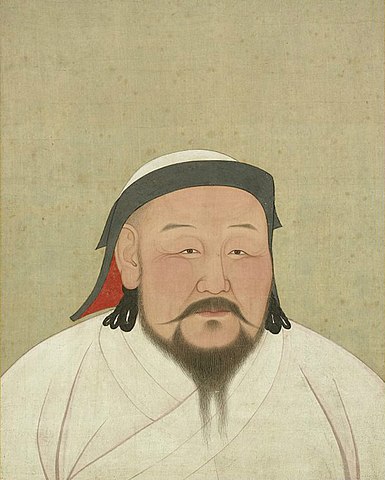
Portrait of Kublai Khan, founder of the Yuan Dynasty. Marco Polo is said to have spent time in his court. By Anige of Nepal, an astronomer, engineer, painter, and confidant of Kublai Khan – National Palace Museum
The book emphasizes Kublai Khan’s religious tolerance and interest in Western technology and knowledge. However, the actual governance of Kublai Khan was likely more complex than this portrayal. Strict policies to maintain authority as the ruler of the Mongol Empire were also implemented, suggesting that the account in “The Travels” may be one-sided.
The Influence of “The Travels” and Debates Over Its Credibility
“The Travels” of Marco Polo had a significant impact on medieval Europe. It expanded Europeans’ worldview by providing concrete descriptions of the Eastern world, which had been largely unknown until then.
However, there have been many debates about the credibility of its content. Questions have been raised about whether Marco Polo actually visited China and the accuracy of his descriptions. Modern research suggests that “The Travels” may include not only Marco Polo’s direct experiences but also hearsay information and general perceptions of the time.
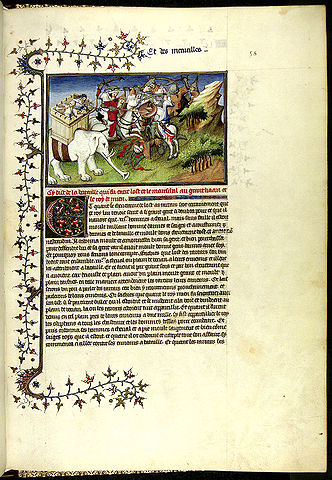
A manuscript page from “The Travels” (Il Milione). This book had a profound influence on medieval Europe.
There is also debate about Marco Polo’s length of stay in China. The theory of a 17-year stay may not be entirely certain.
“The Travels” also influenced later explorers and adventurers. While there are theories that Christopher Columbus referenced this book, this is not a confirmed historical fact.
As an Aspect of East-West Cultural Exchange
Marco Polo’s “The Travels” is an important document showing one aspect of the exchange between Eastern and Western civilizations. However, whether it can be considered a precursor to globalization requires careful consideration.
Marco Polo contributed to mutual understanding between the two civilizations by conveying Eastern culture and technology to Europe. At the same time, his descriptions reflect the values and interpretations of Europeans at the time and may not always be objective portrayals.
Conclusion: Historical Significance and Modern Interpretation of “The Travels”
Marco Polo’s “The Travels” is an important work that conveyed an aspect of East-West civilization in the late 13th century. Its descriptions sparked European interest in the Eastern world and influenced later exploration and exchanges.
For us today, “The Travels” should be viewed as a complex historical document. It provides an interesting case study of how encounters with different cultures are interpreted and conveyed, while also teaching us the importance of critically reading historical accounts.
In our increasingly globalized modern society, Marco Polo’s “The Travels” suggests the difficulties of understanding each other across cultural barriers and the potential for misunderstandings and exaggerations in this process. Through this book, we can learn the importance of critically examining historical accounts and recognizing the complexities of cross-cultural understanding.
